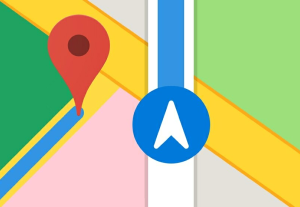- Artificial Intelligence, Augmented Reality, Behavioral Science, Business UX Leaders, Conversational Design, Customer Experience, Data visualization, Defining AI, Design, Neurology, Neuroscience, Usability, UX Education, UX Magazine
The I in AI.
Article by Max Louwerse
How Cognitive Science and Artificial Intelligence Are Intertwined
- If we want to understand the mechanisms behind AI, cognitive science might come to the rescue.
- Artificial intelligence and cognitive science have surprising similarities.
- AI focuses on artificial minds with human minds as an example.
- Cognitive science focuses on human minds with artificial minds as an example.
Share:How Cognitive Science and Artificial Intelligence Are Intertwined
Share this link
- December 21, 2022
4 min read







